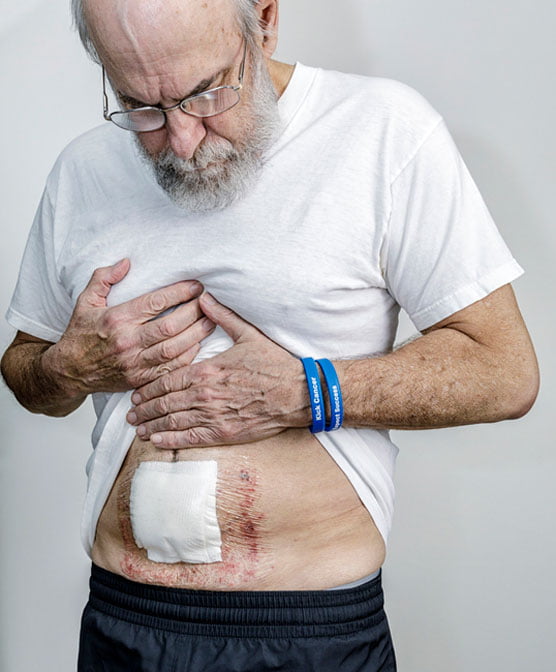What is it – Wound management is the ongoing treatment of a wound
What is the purpose – To maintain stable local conditions that will promote healing of the wound.
How is a surgical wound closed – There are 3 different types of wound closure:
- Primary closure is the type of closure where at the end of a surgical procedure the edges of the wound are re-approximated and there is no gap or opening left. This can be achieved by a variety of sutures, staples or adhesive material such as glue.
- Delayed primary closure is the type of closure where the wound is left open initially as it is not clear enough to facilitate primary closure. After a short period of time, typically 4-5 days, the wound is revisited and is then closed as in primary closure. This is an option frequently applied in trauma.
- Closure by secondary intention is essentially not a closure. In this approach the surgeon decides that it not appropriate to close the wound neither by primary closure nor by delayed primary closure. In such a case the wound is left open to close by new tissue that develops naturally in an open wound.

Principles of wound management
Regardless of the choice of closure, the management of a surgical wound follows the same principles1.Maintain haemostasis. Haemostasis is a process that causes bleeding to stop. Our body has a natural mechanism that promotes haemostasis when there is bleeding. In most wounds the bleeding will stop spontaneously. Sometimes, if there is an injury to a vessel, a surgical wound may continue to bleed. If this is the case then simple pressure or elevation will usually stop bleeding. If a surgical wound continues to bleed despite all measures, then your doctor needs to assess it and decide if a surgical intervention is required to achieve haemostasis.